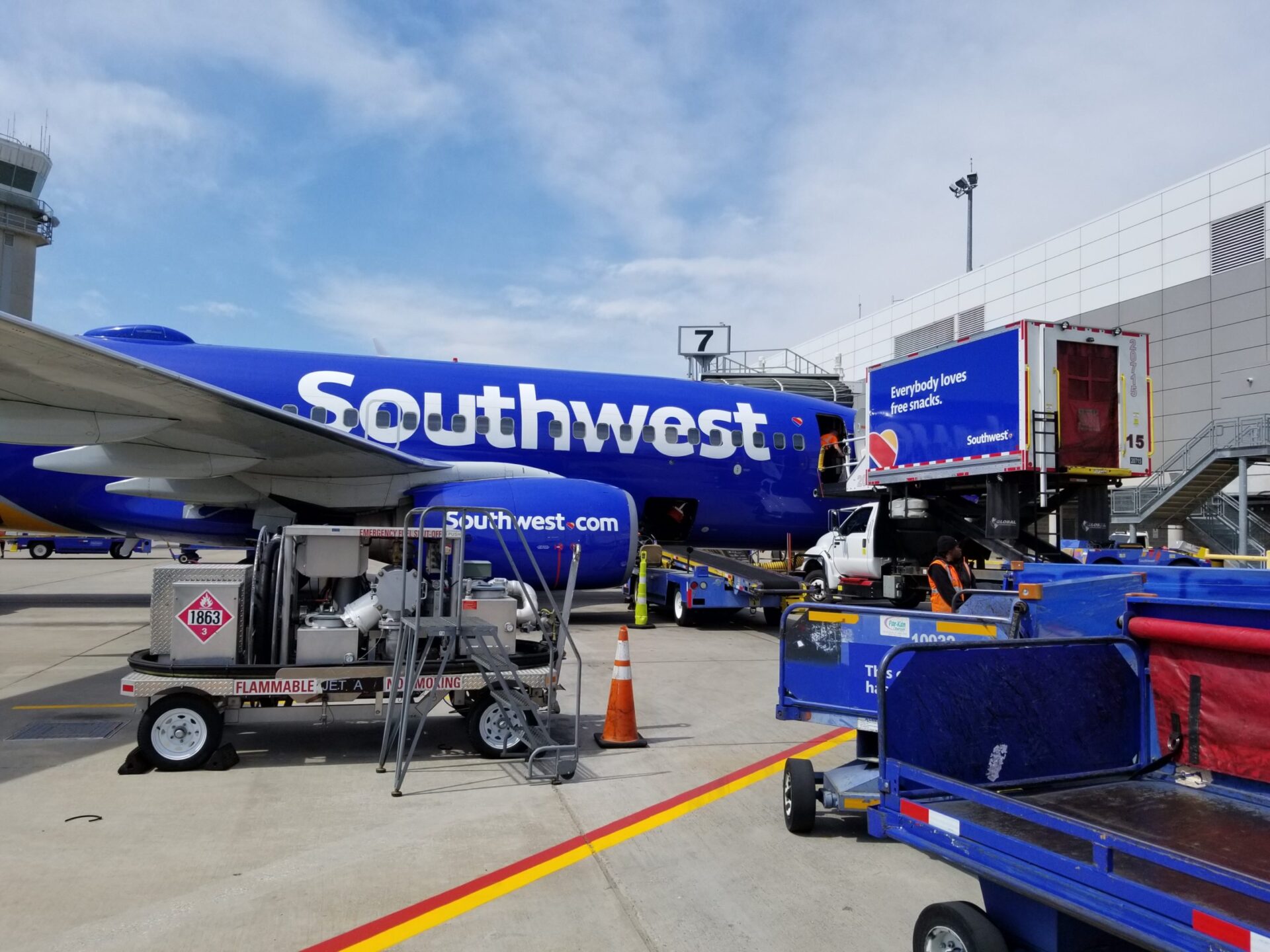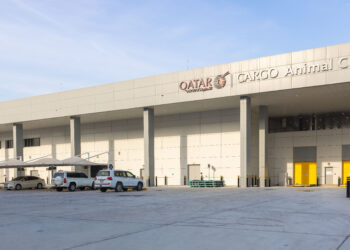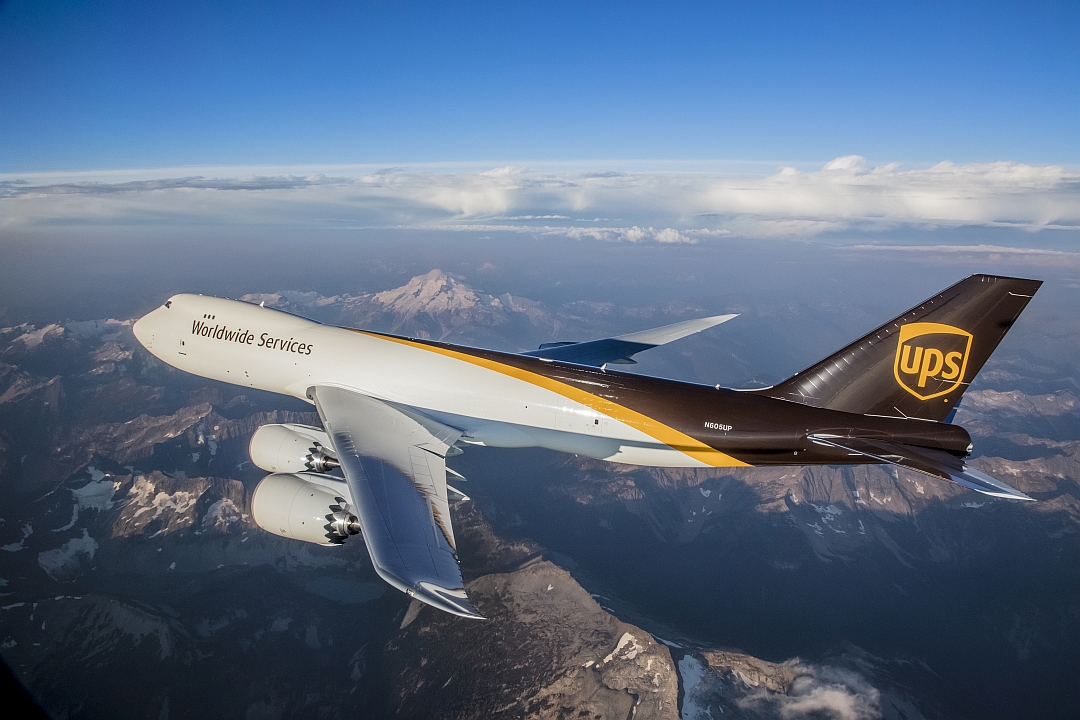No products in the cart.
Boeing refines large-cargo drone, commences outdoor tests
After a number of adjustments to the initial design of Boeing’s 227-kilogram capacity cargo drone, Boeing has commenced outdoor testing in environments that more closely mimic real-world conditions. The refreshed drone left the confines of the lab where it was developed and completed a series of outdoor maneuvers such as take-off, hovering, forward flying and landing.
Since unveiling the drone prototype last year, Boeing’s NeXt research lab has utilized data from indoor tests to make small refinements to the vehicle’s design. The prototype still has the same basic appearance and is powered by an electric propulsion system, but the latest iteration is heavier and has seen most of its dimension’s extended. The vehicle now measures 5.3 meters in length, is 6.1 meters wide and weighs 500kg – at its first unveiling, the prototype was a svelte 339 kgs.
Changes have also been made to the counter-rotating propellers that enable the device’s vertical and horizontal flight. The vehicle now boasts six dual-rotor systems and 12 propellers, a few more than the original design, which was equipped with just eight counter-rotating propellers.
Boeing said the next phases of tests will focus on furthering forward flight, load analysis and overall vehicle performance. Apart from the cargo air vehicle project, the Boeing NeXt research unit is exploring concepts that will advance urban, regional and global mobility and further autonomous flight technologies for cargo and passenger applications.
Here’s a video of the drone’s first outdoor flight:

















